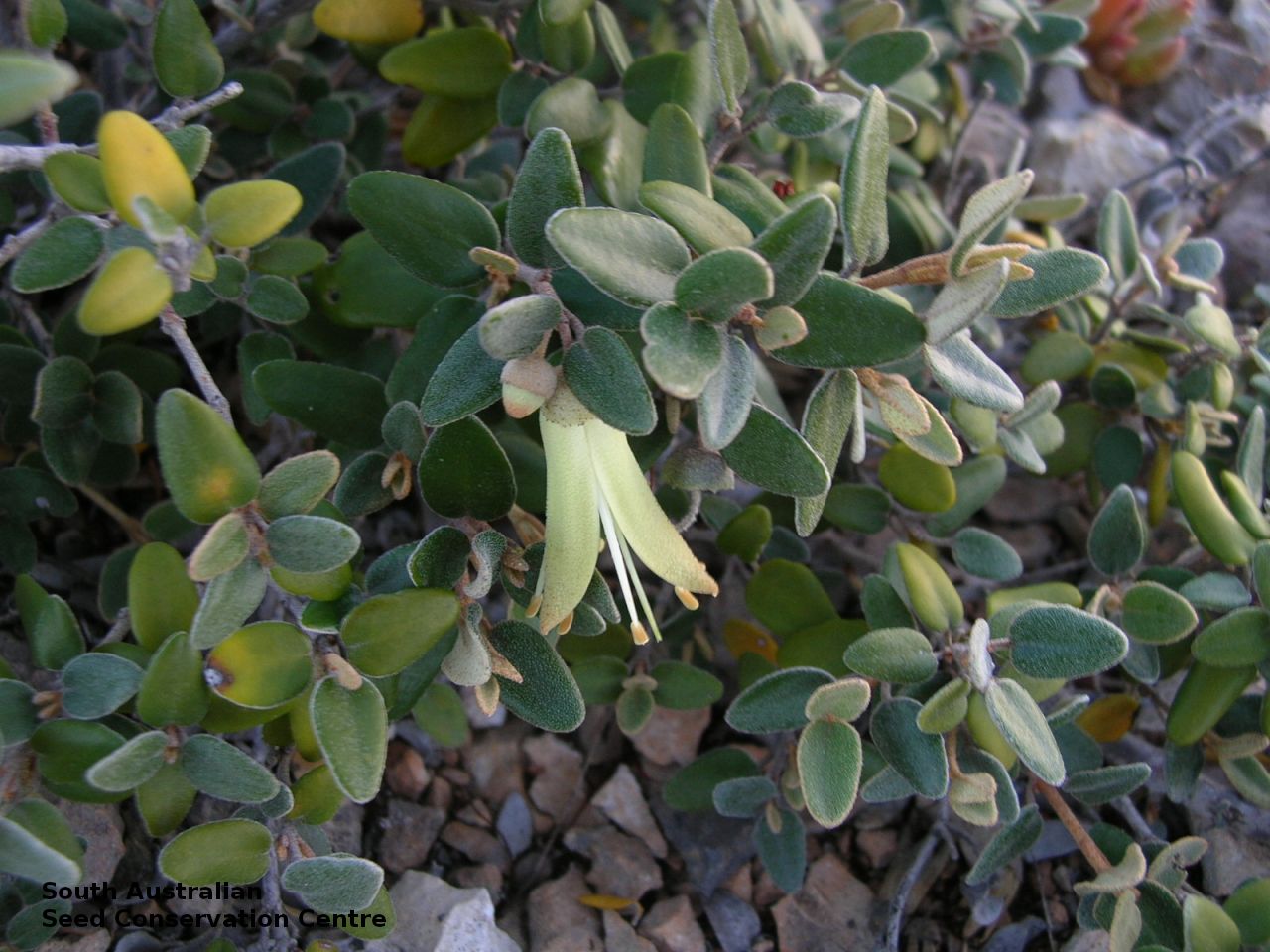
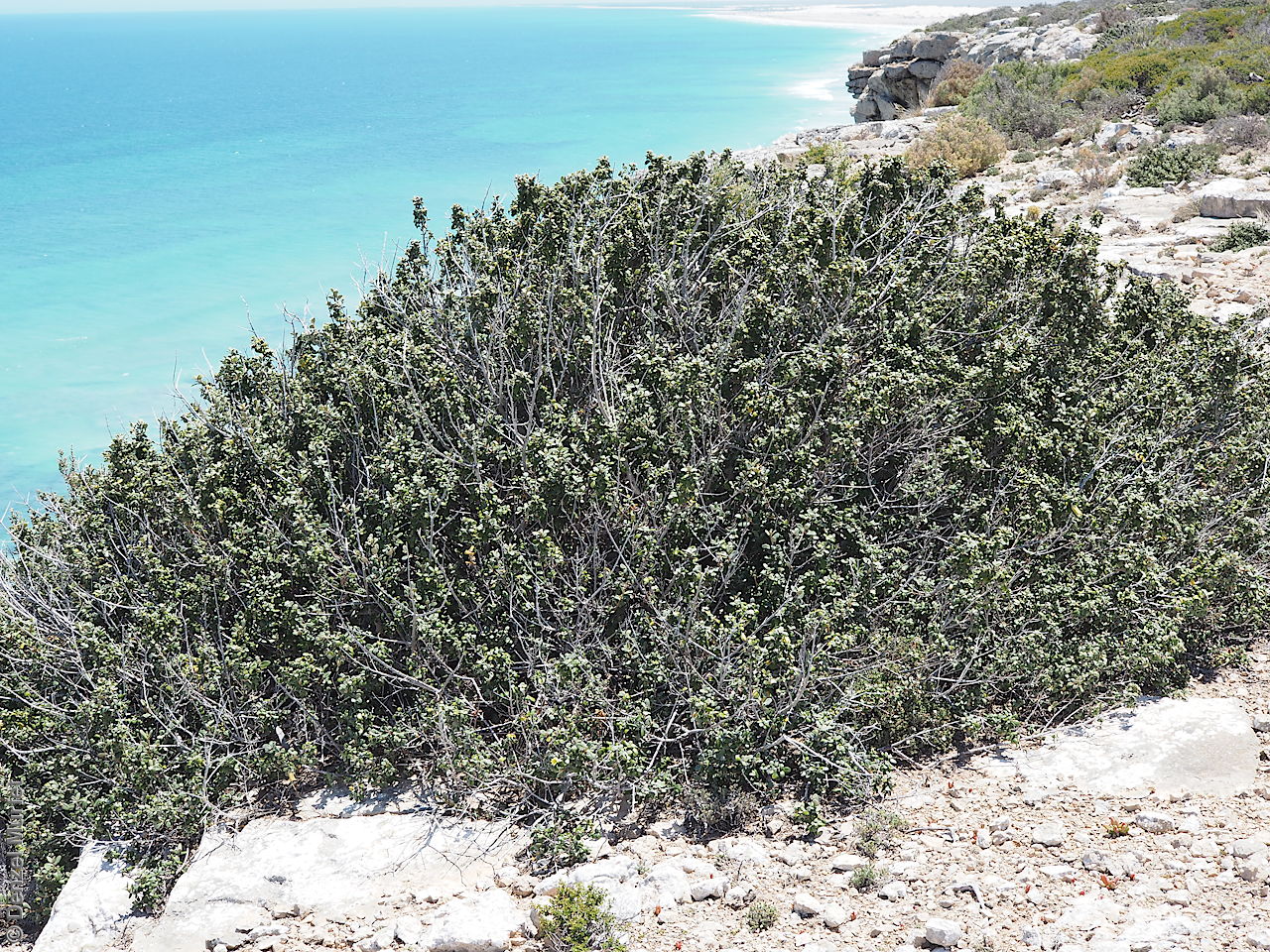
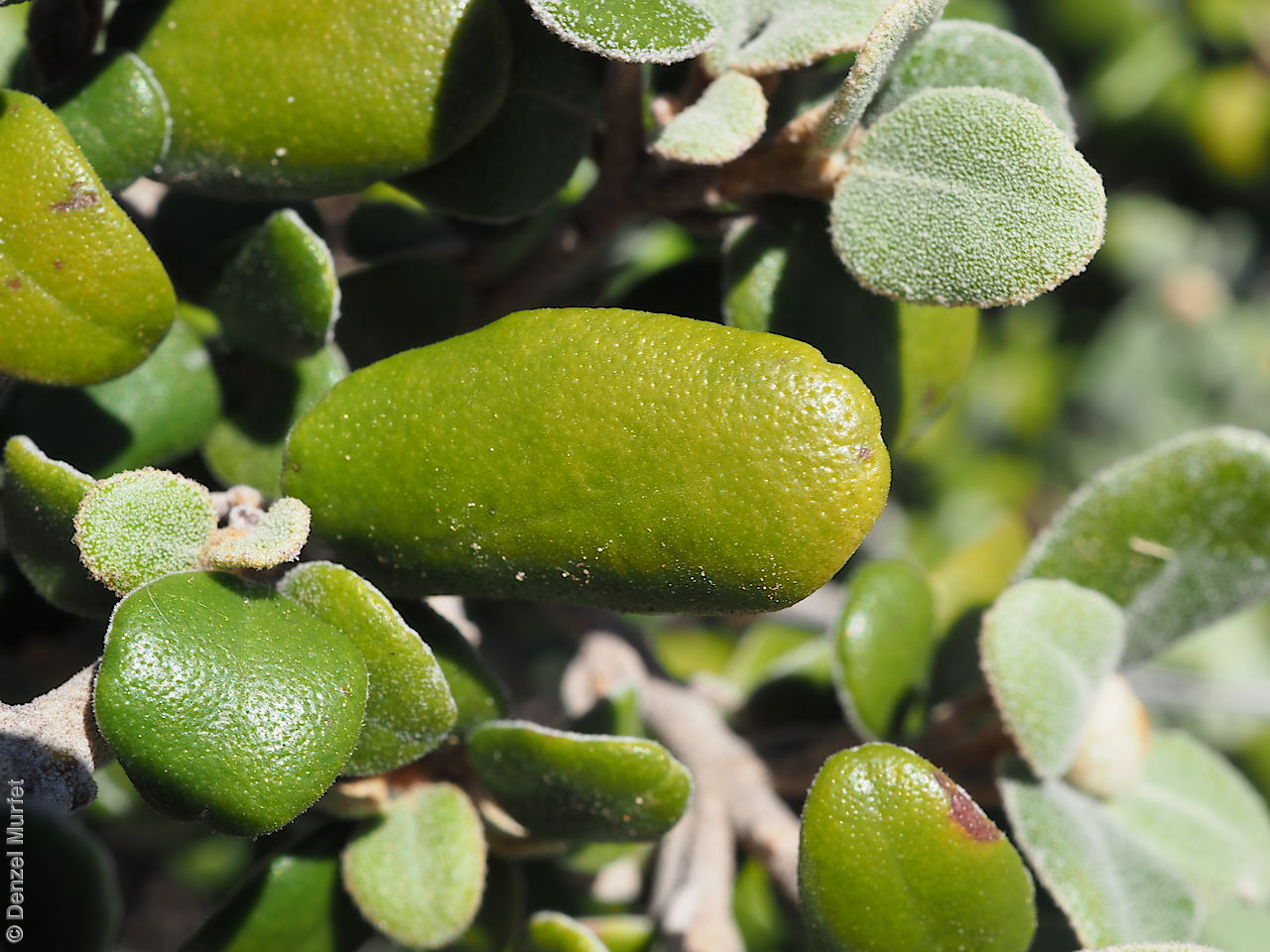
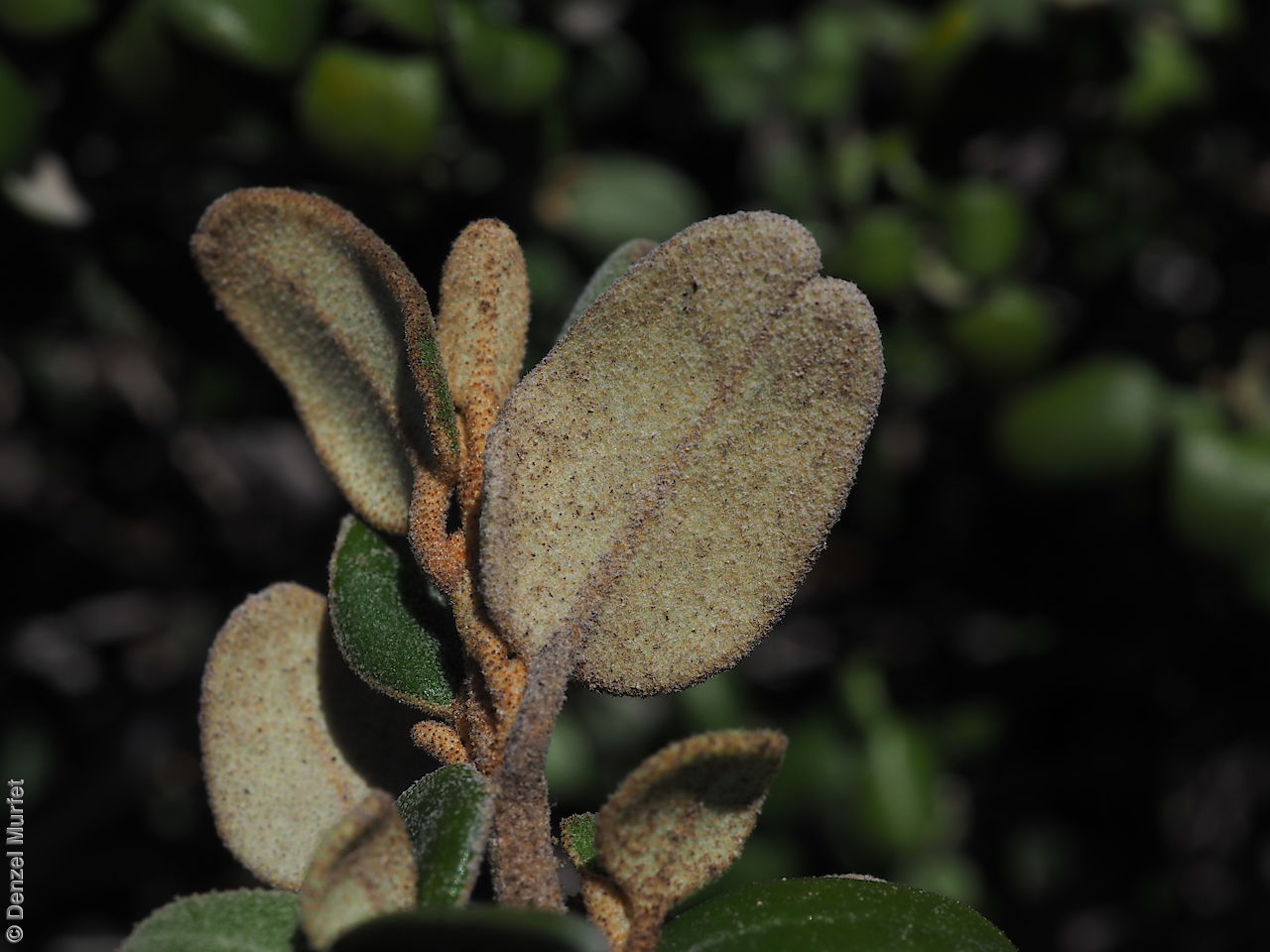
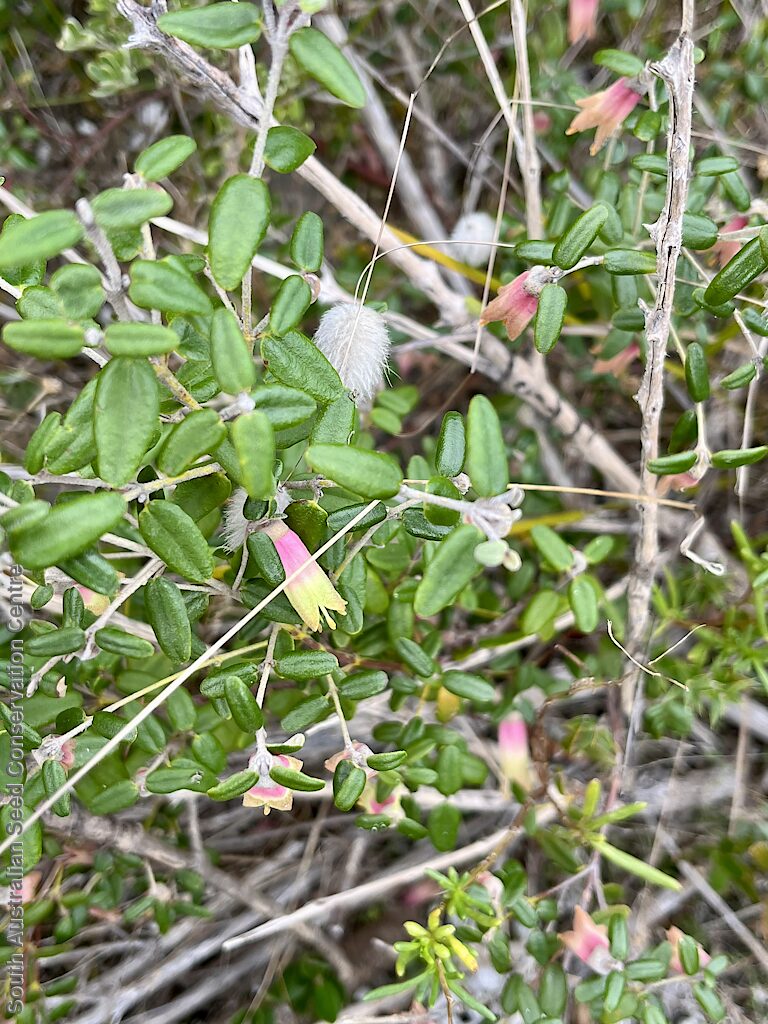
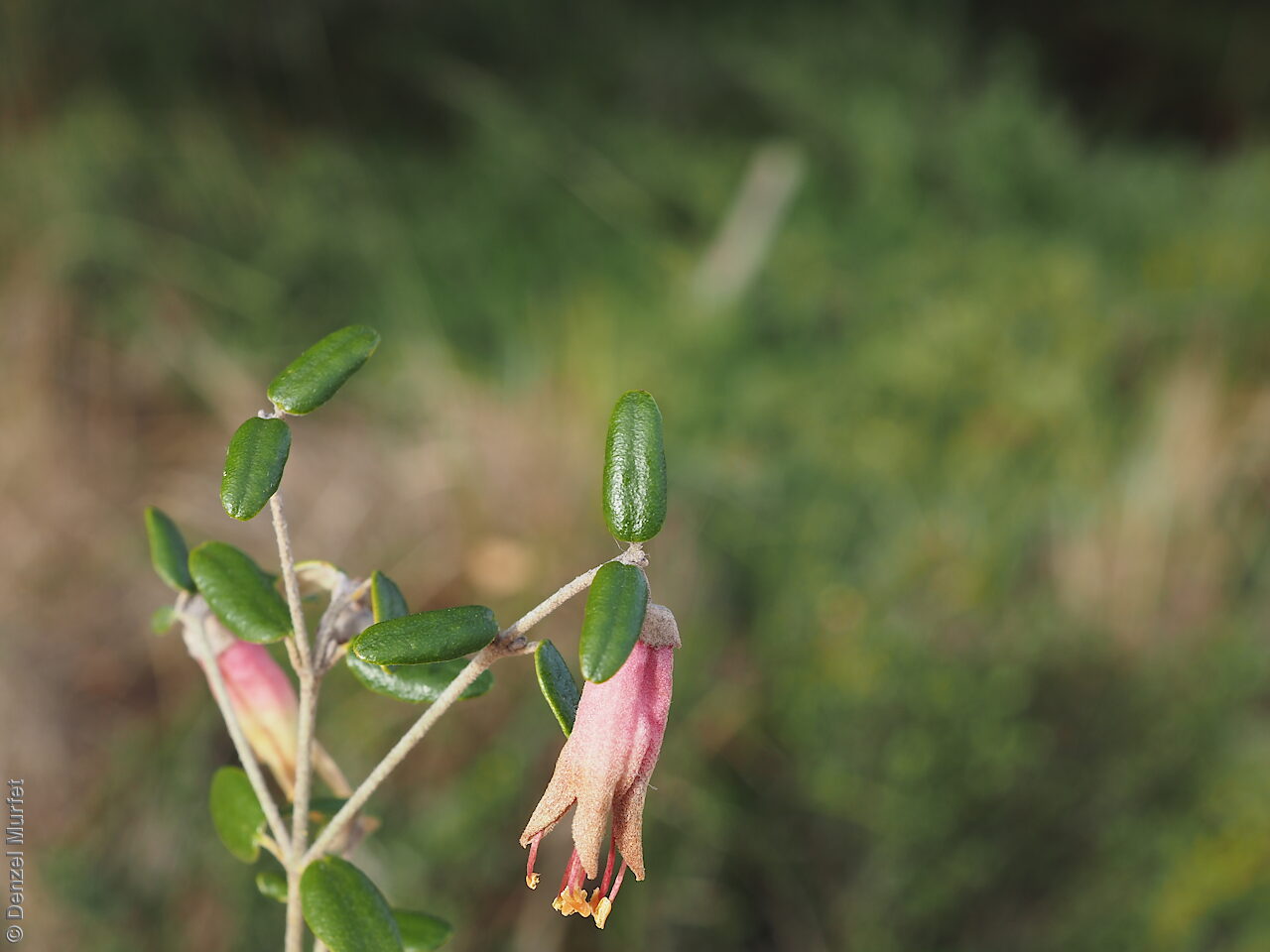
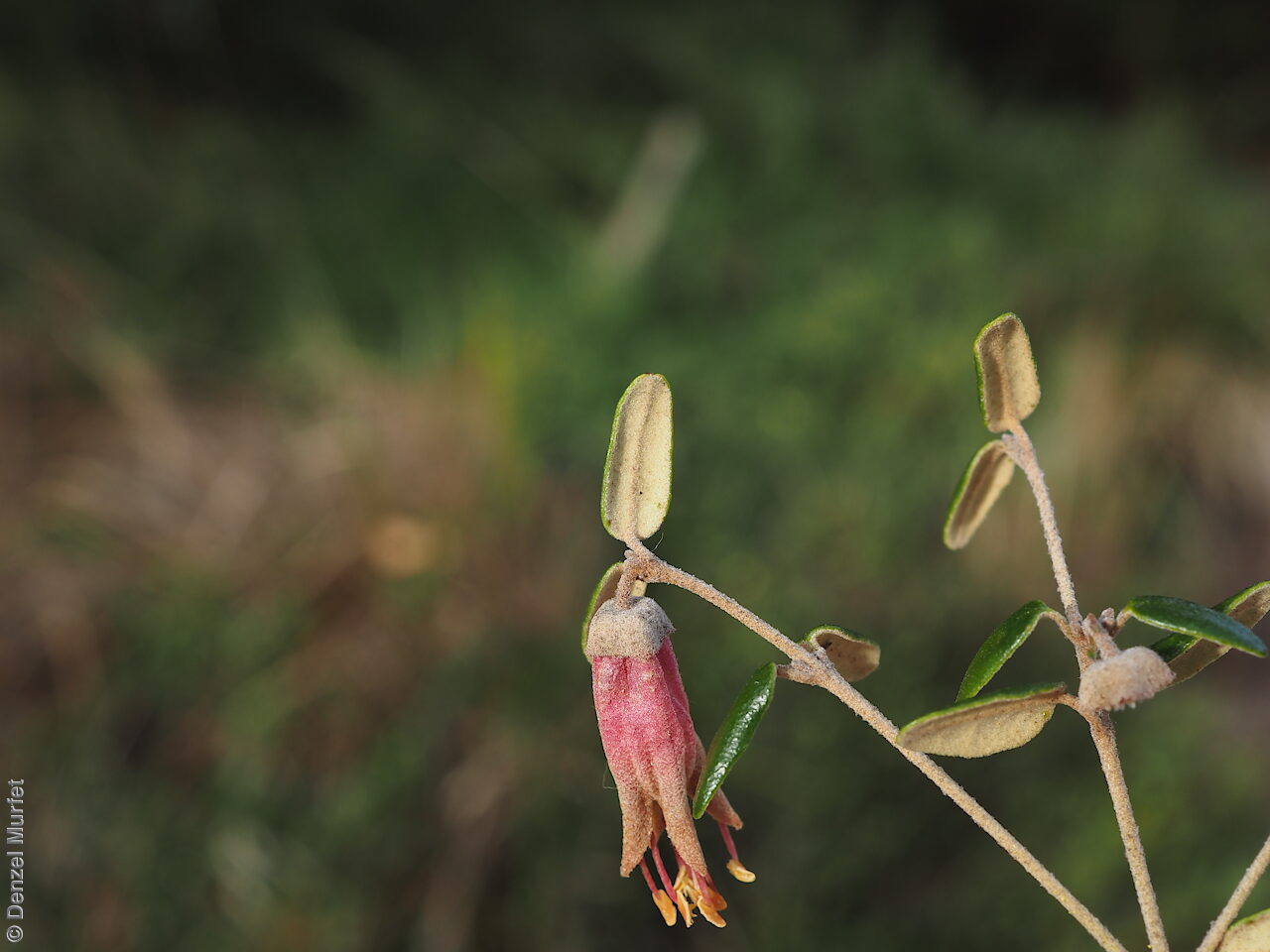
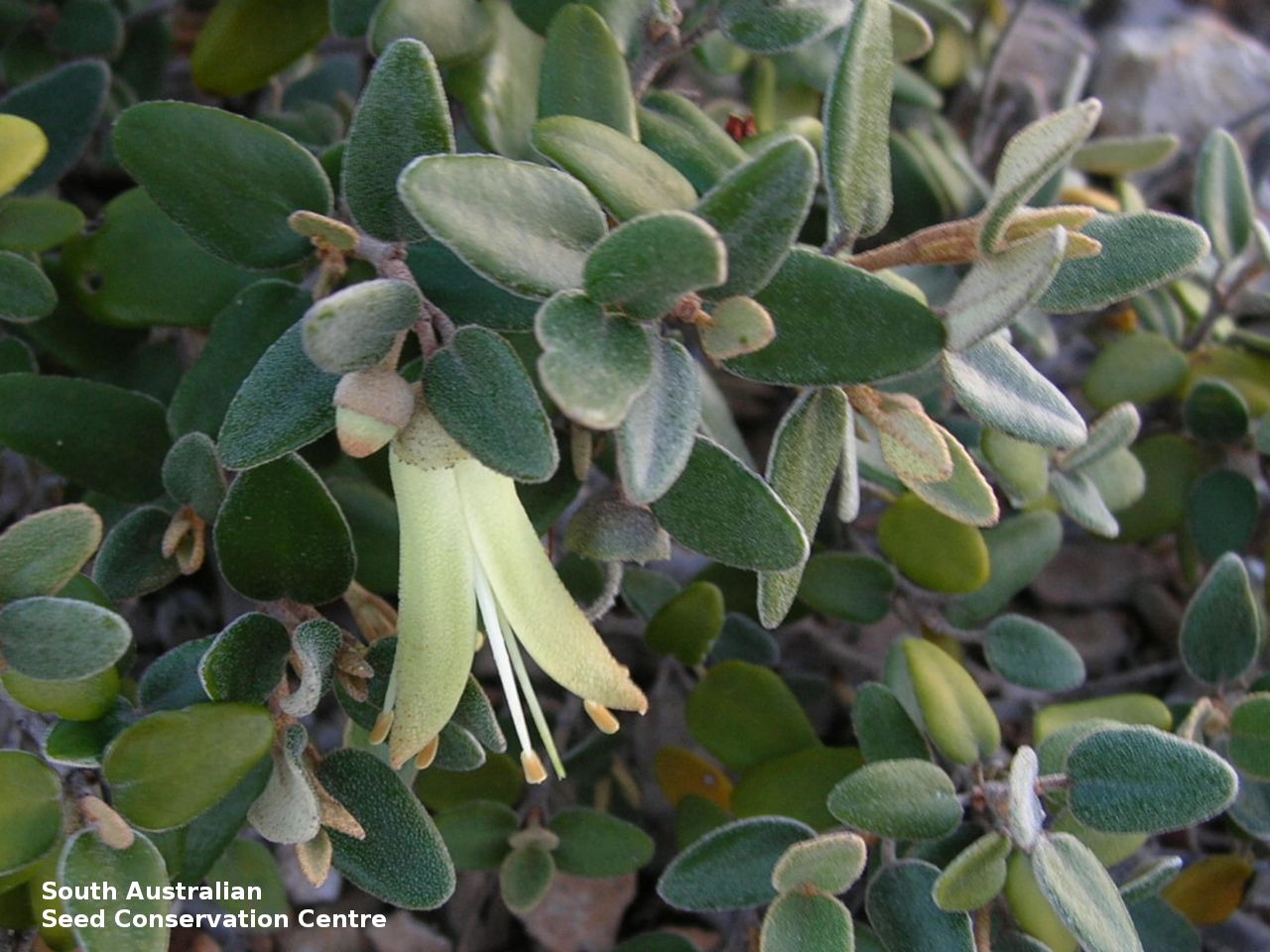
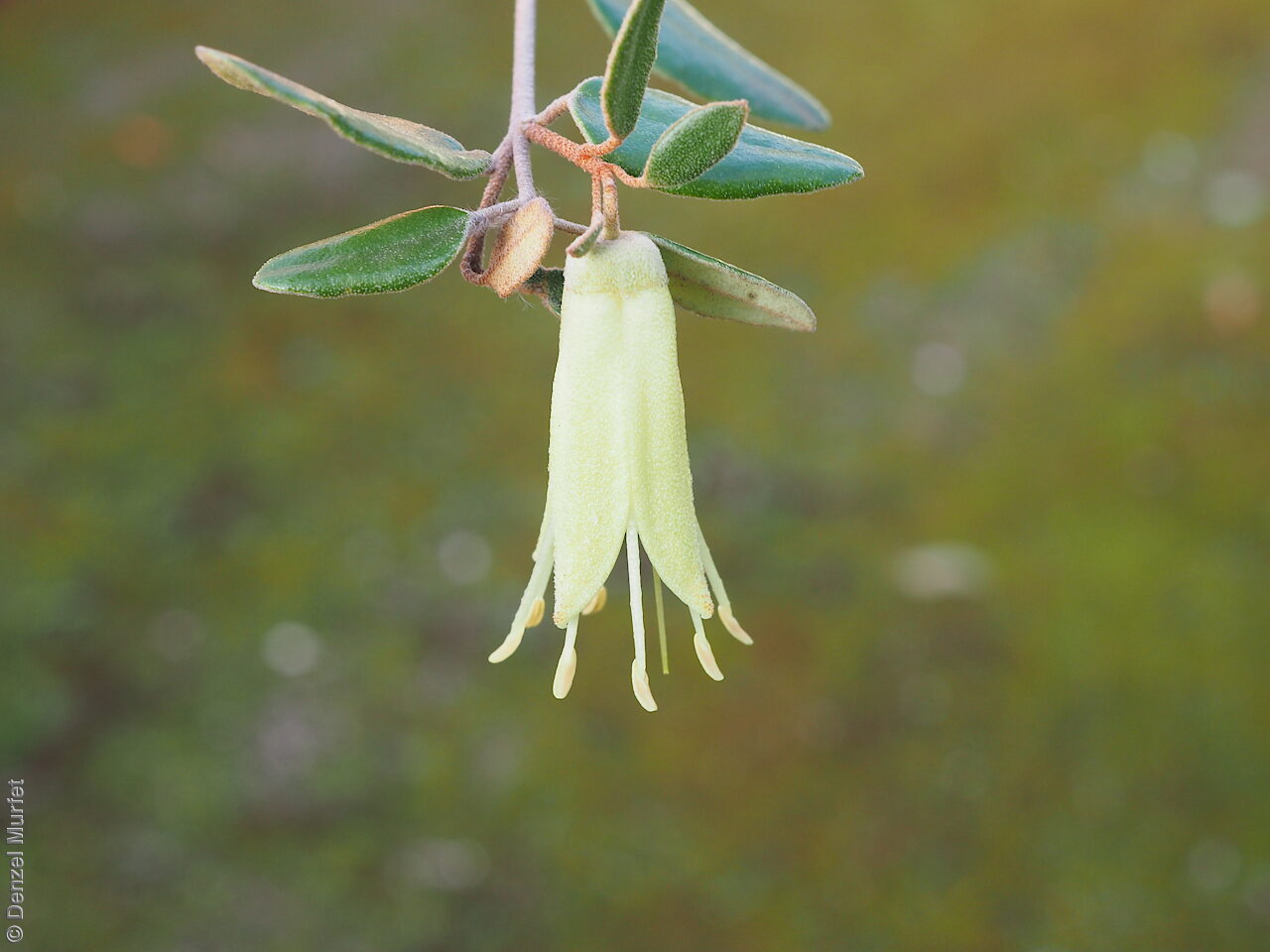
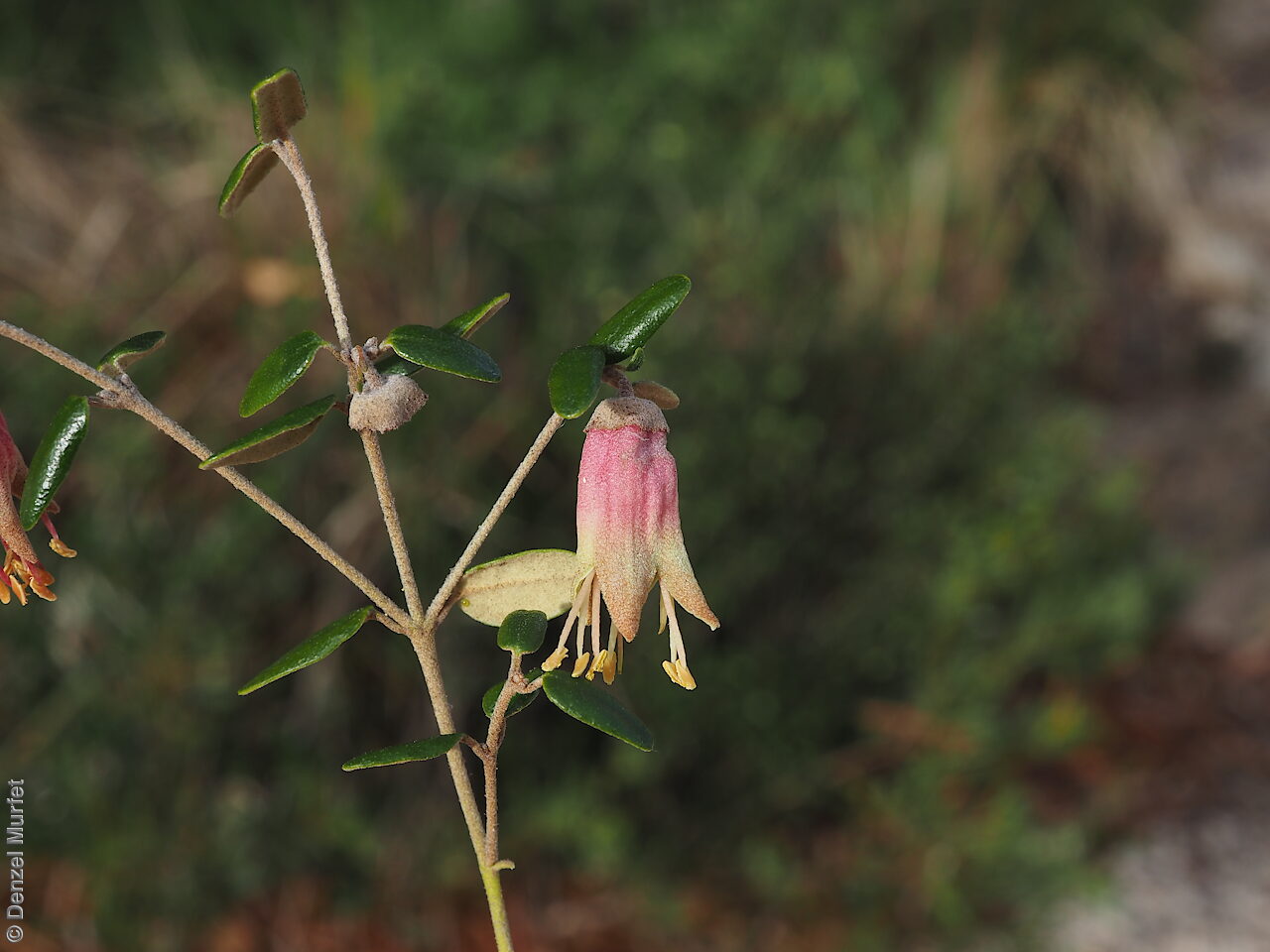
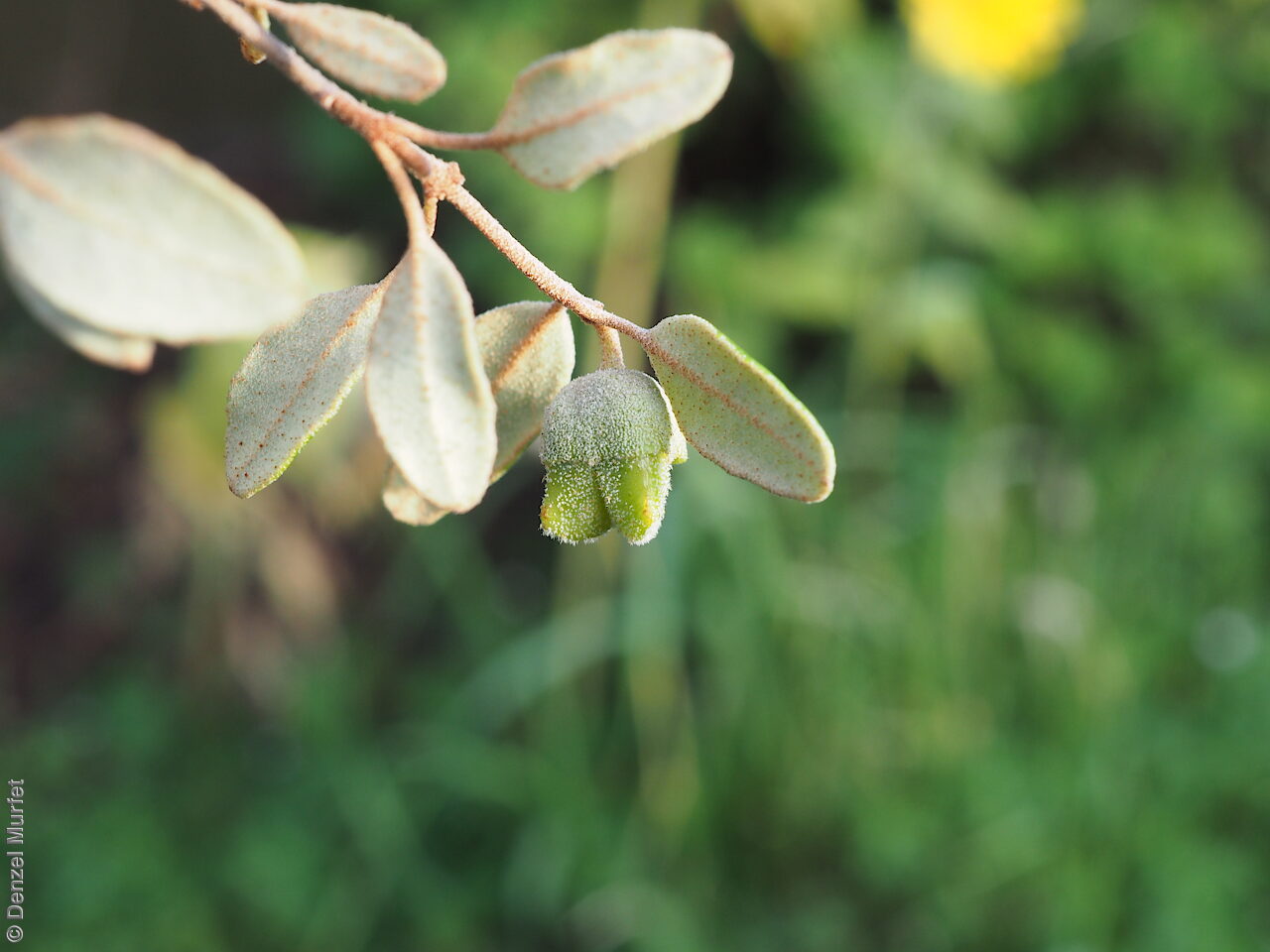

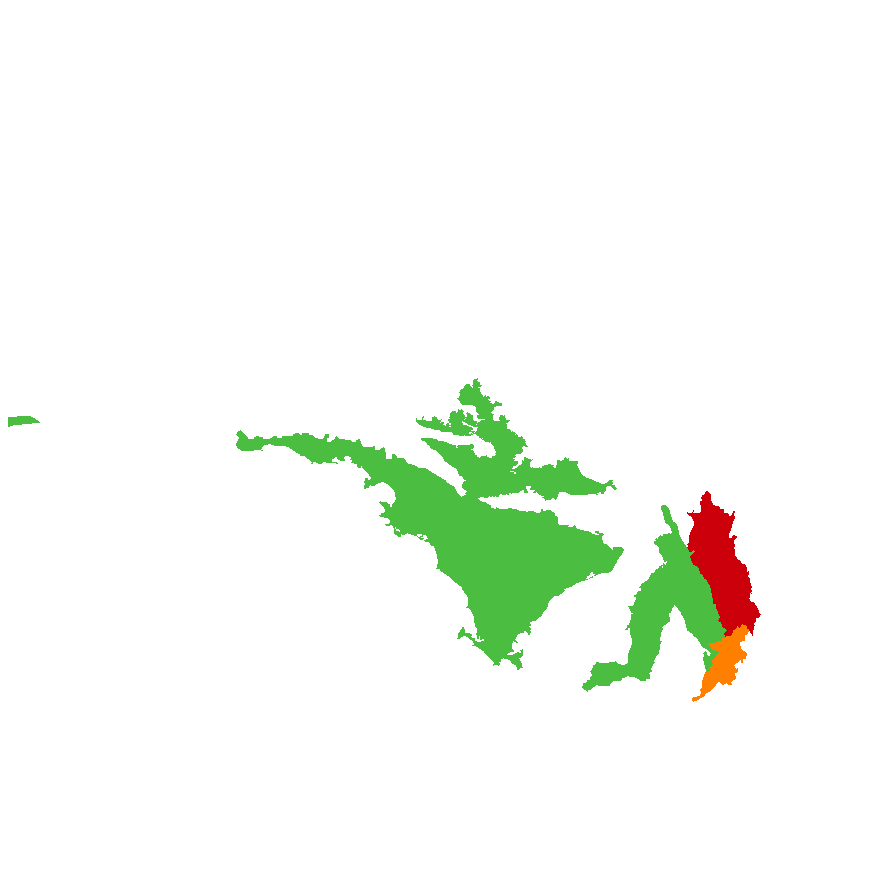
Botanical art
Prior names
Correa reflexa var. coriacea
Etymology
Correa named after Jose Francisco Correa de Serra (1751-1823), a Portuguese botanist. Backhouseana name after James Backhouse (1794-1869), an English-born naturalist and Quaker missionary who collected plants in Australia including the type specimen for the species. Coriacea from the Latin 'corium' meaning leather; possibly referring to the thicker leaves of this variety.
Distribution and status
Found on the Nullarbor, Eyre Peninsula, Yorke Peninsula and the Mount Lofty Ranges in South Australia, growing on dunes and granite outcrops and on the limestone escarpment. Also found in Western Australia. Native. Common in South Australia. Uncommon in Western Australia.
Herbarium regions: Nullarbor, Eyre Peninsula, Northern Lofty, Yorke Peninsula, Southern Lofty
NRM regions: Adelaide and Mount Lofty Ranges, Alinytjara Wilurara, Eyre Peninsula, Northern and Yorke
AVH map: SA distribution map (external link)
Plant description
Low to erect open or dense shrub to 1 m high, with grey-tomentose branches. Leaves leathery, ovate, to 3 cm long and 1.5 cm wide, glabrous above, subglabrous to tomentose below. Inflorescence solitary and terminal to short branchlets with cylindrical greenish or pink-red with green or yellow tips flowers. This variety differ from the other variety found in South Australia, Correa backhouseana var. orbicularis which have corolla red with yellowish tips to lobes and broadly ovate to circular leaves rather than ovate leaves. Flowering between April and August. Fruits are pale brown capsule to 8 mm long enclose by the sepals. Seed embryo type is linear fully developed.
Seed collection and propagation
Collect seeds between July and October. Collect mature capsules, those that are turning a pale straw colour and contain hard seeds, either by hands or place small breathable bags over immature capsules to collect seed. Capsules maybe hard to see as it is enclose by the green sepals. Place the capsules in a tray and leave to dry for a weeks. Then rub the capsules gently by hand to dislodge the seeds. Be very careful as the seed coat is thin and easily damaged. Use a sieve to separate the unwanted material. Store the seeds with a desiccant such as dried silica beads or dry rice, in an air tight container in a cool and dry place. This species has morphophysiological dormancy and can be difficult to germinate.